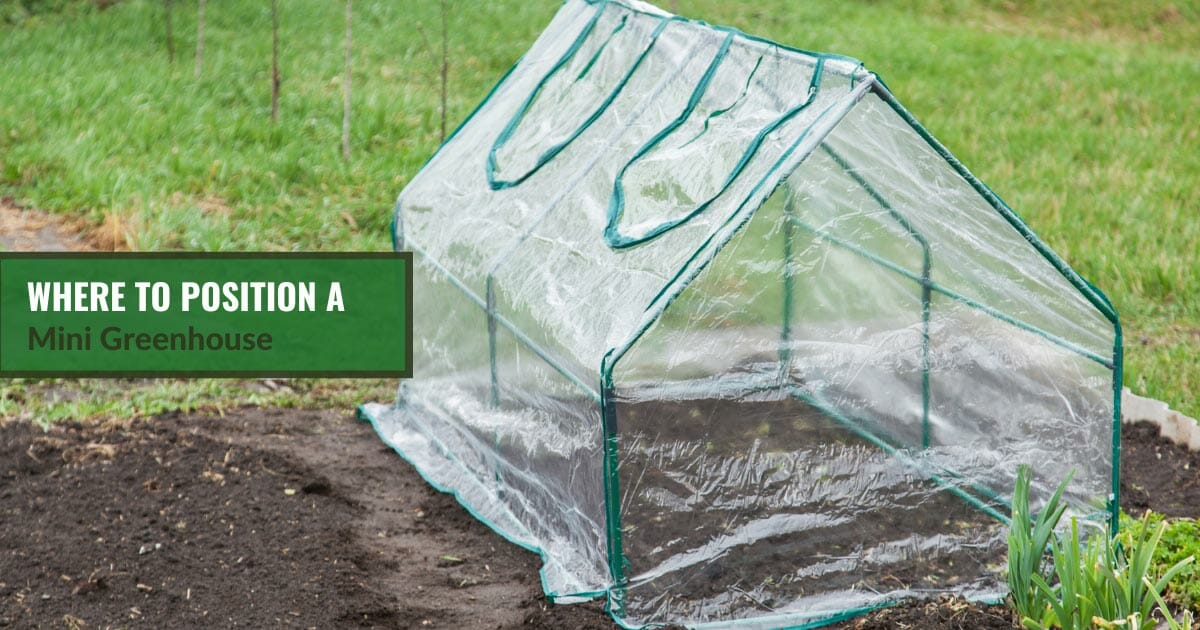There are lots of factors to take into consideration when figuring out where to position your mini greenhouse. From finding the optimal location for sunlight to asking, “What is the greenhouse made of?” to minimizing the obstructions from surrounding trees and buildings, there are a lot of different plates to juggle.
To help keep everything easy, we’ve put together this guide on how to position your mini and small greenhouse kits to get the best results from your hard work.
What this article covers:
- Mini greenhouse positioning basics
- Mini greenhouse positioning factors
- Optimizing sunlight for your greenhouse
Mini greenhouse positioning basics
The first step when you build a greenhouse is to find the best location in your yard to position your mini greenhouse. To do that, you need to understand exactly what your greenhouse is for and which greenhouse dimensions are appropriate for your needs. It might seem like an unnecessary step, but understanding the light, heat, and humidity requirements is crucial to finding the direction your greenhouse should face.
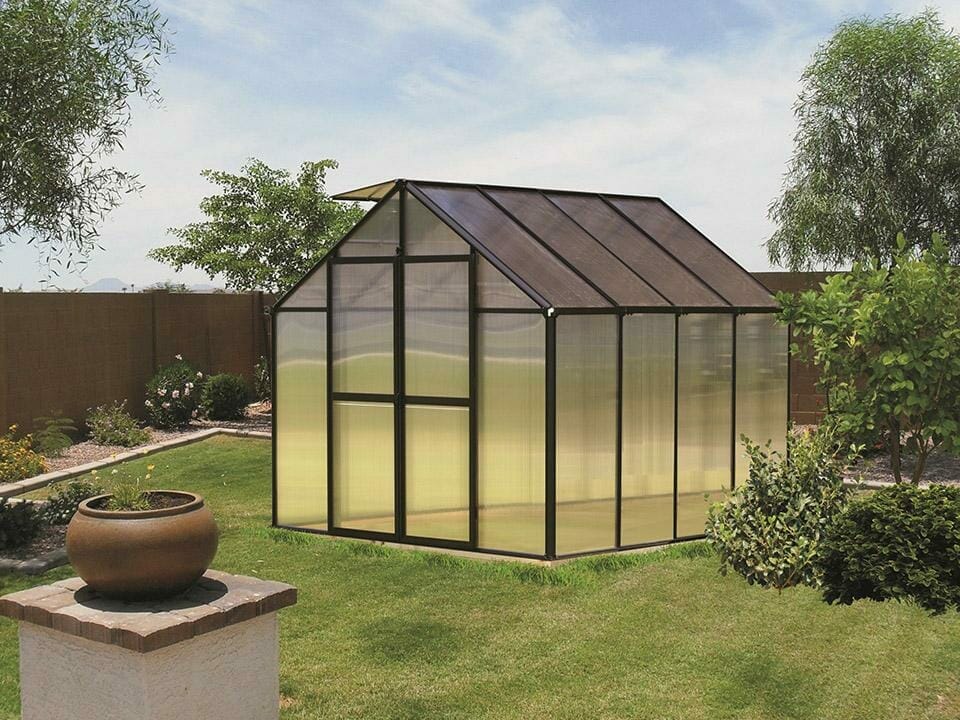
Mini greenhouse functions
A greenhouse serves several critical functions in the gardening process. It creates a controlled environment that allows you to grow a wide variety of plants, regardless of the external weather conditions.
Temperature control
The primary function of a greenhouse is to regulate temperature, creating an environment that’s conducive to plant growth. This function allows you to extend the growing season or even grow plants year-round.
If you’re looking to build a solar greenhouse, this is a more important factor than normal.
Humidity control
By creating a closed environment, greenhouses also allow for better control over humidity levels, which is vital for the growth of many types of plants.
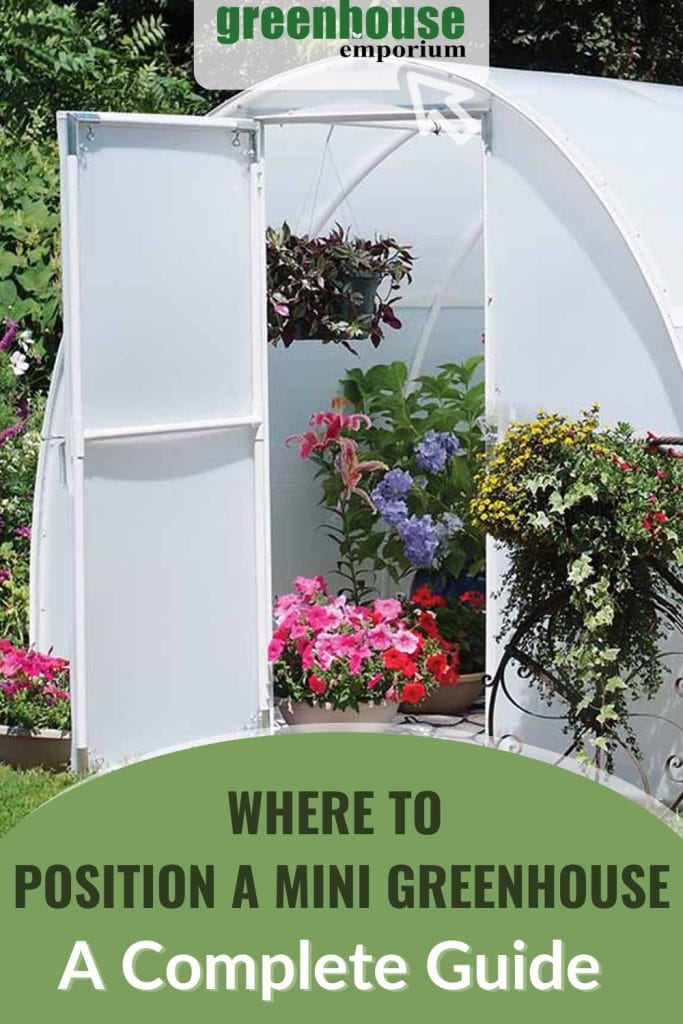
Protection from elements
A greenhouse protects your plants from the external environment, including wind, rain, and pests. This protection allows delicate or non-native plants to thrive, and depends heavily on selecting the right materials needed to build a greenhouse.
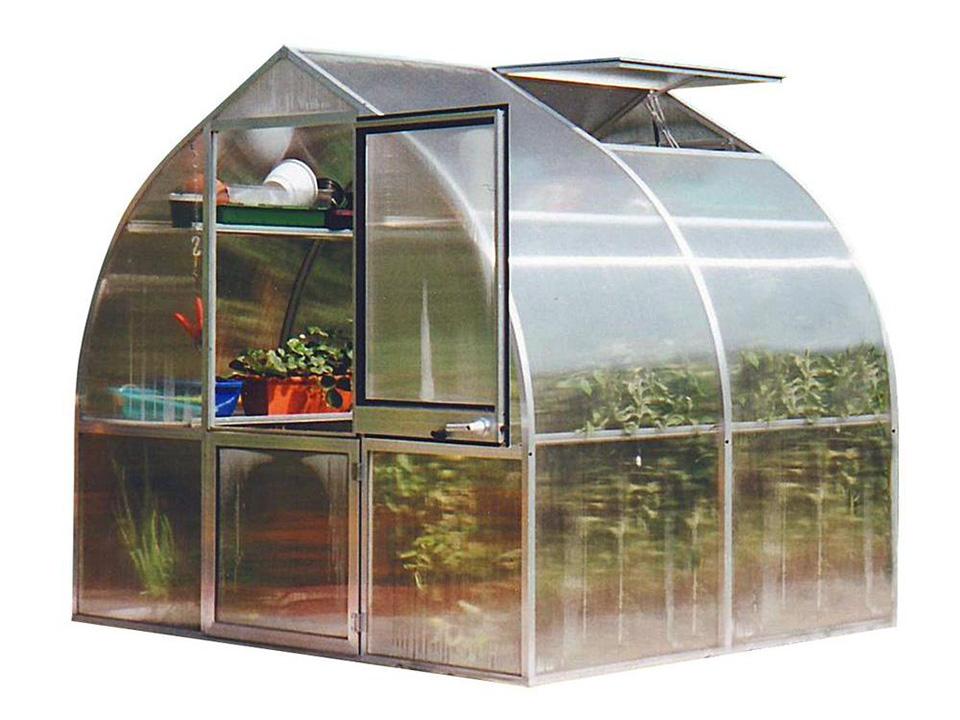
Plant needs
Understanding the basic needs of plants is also key to positioning your mini greenhouse correctly. Here are some of the main needs:
Light
All plants need light for photosynthesis, the process by which they convert sunlight, carbon dioxide, and water into food. The amount of light a plant needs varies by species, but most vegetables and flowers need at least 6-8 hours of sunlight per day.
If the only space you have available gets too much sunlight or gets too hot, you need to look at what percentage of shade cloth for greenhouse is needed.
Temperature
Plants also have specific temperature needs. Some plants prefer cooler temperatures, while others need a warm environment to thrive. A greenhouse can help maintain a consistent temperature that matches your plants’ needs.
Humidity
Many plants, especially tropical species, thrive in humid conditions. A greenhouse can help keep humidity levels stable, which can be especially beneficial in dry climates or during the winter months.
Understanding these basic functions and plant needs can guide you in positioning your mini greenhouse. It’s essential to consider how the location of your greenhouse will allow it to capture sunlight, provide protection, and maintain the ideal conditions for your chosen plants.
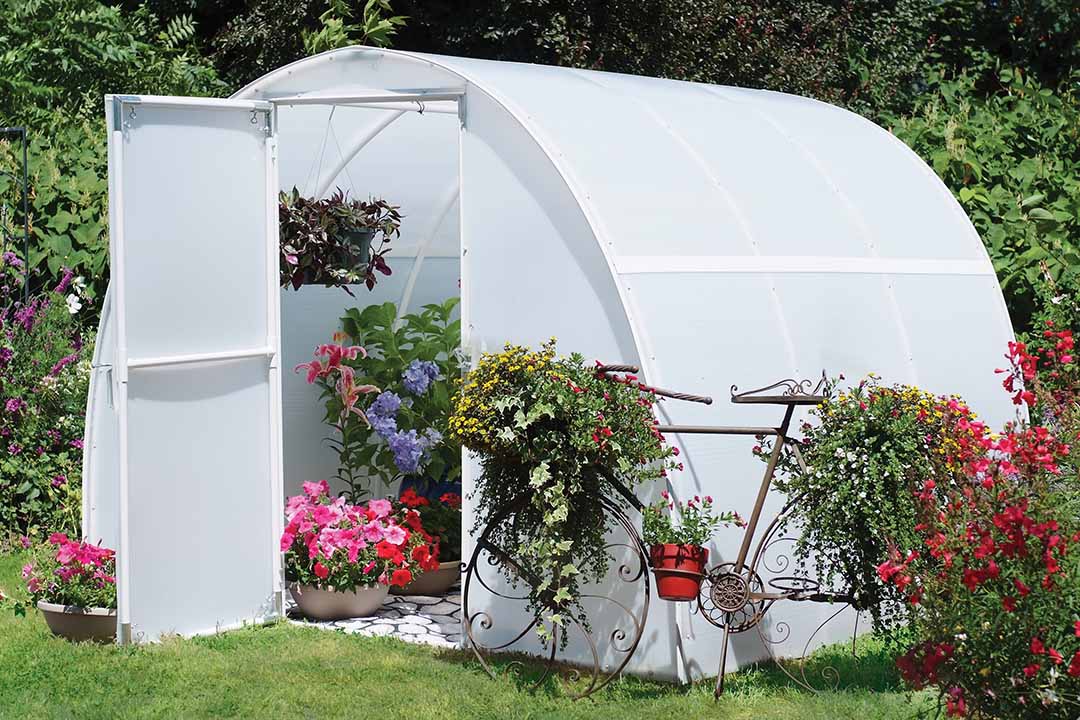
Mini greenhouse positioning factors
Now that we know what we’re trying to achieve, it’s time to look at the individual factors that are key to those goals.
Some of these may apply to your circumstances more than others, but they’re all important to consider before you start looking at how to build a foundation for your greenhouse.
Importance of sunlight
Sunlight is the lifeblood of plants. It powers photosynthesis, the process by which plants create their food.
Most plants require a minimum of six hours of direct sunlight per day, with some requiring even more. Position your greenhouse where it will receive ample sunlight throughout the day, keeping in mind that the sun’s path will change slightly with the seasons.
You can find out how many sun hours your location gets by finding it on a sun map—a useful tool for any avid gardener.
Need for ventilation
Since a greenhouse’s primary function is to control the environment, it’s essential to prevent overheating, which could harm your plants.
Adequate ventilation from greenhouse doors and windows regulates temperature and maintains a healthy airflow. Choose a location where it’s feasible to open windows or doors to let in fresh air, or where installing vents or fans won’t be a problem.
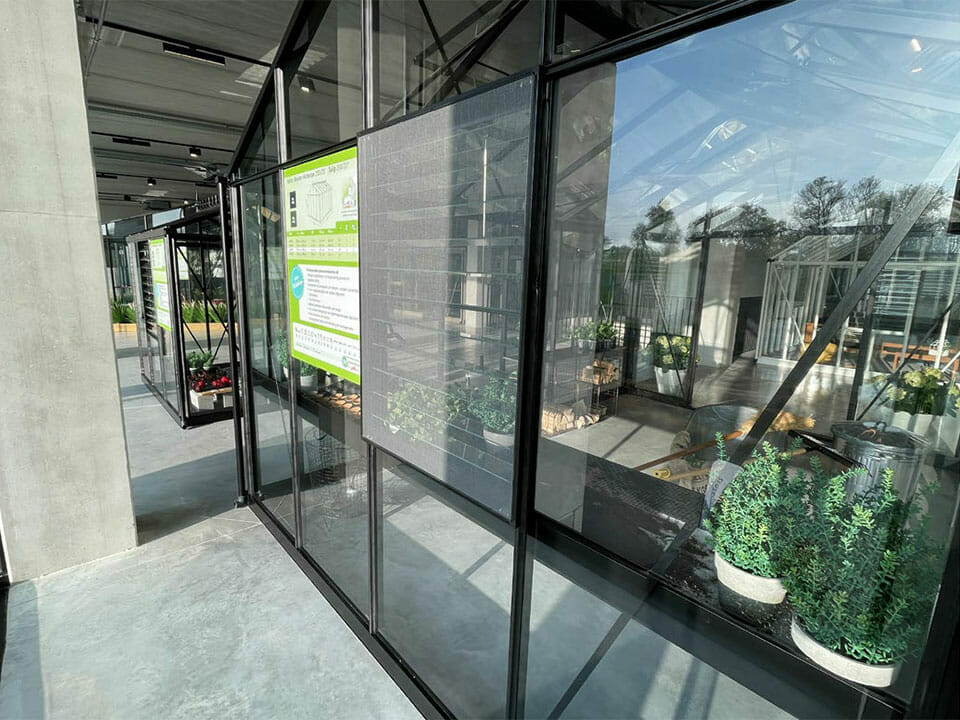
It’s also crucial that you consider the best greenhouse layout to allow air to flow between your plants and equipment.
Climate and weather conditions
The local climate and weather conditions should significantly influence the positioning of your mini greenhouse. In areas with strong winds or storms, place your greenhouse in a location protected from these elements.
If your region gets snow, consider the roof’s weight-bearing capacity and accessibility for snow removal.
In hot climates, shade during the hottest part of the day could be beneficial.
Access to water sources
Plants in a greenhouse often require frequent watering, and carrying water long distances can become tiresome quickly.
Position your greenhouse relatively close to a water source, or consider looking into DIY greenhouse aquaponics. This proximity can make watering easier, more efficient, and ensure your plants never have to go without essential hydration.
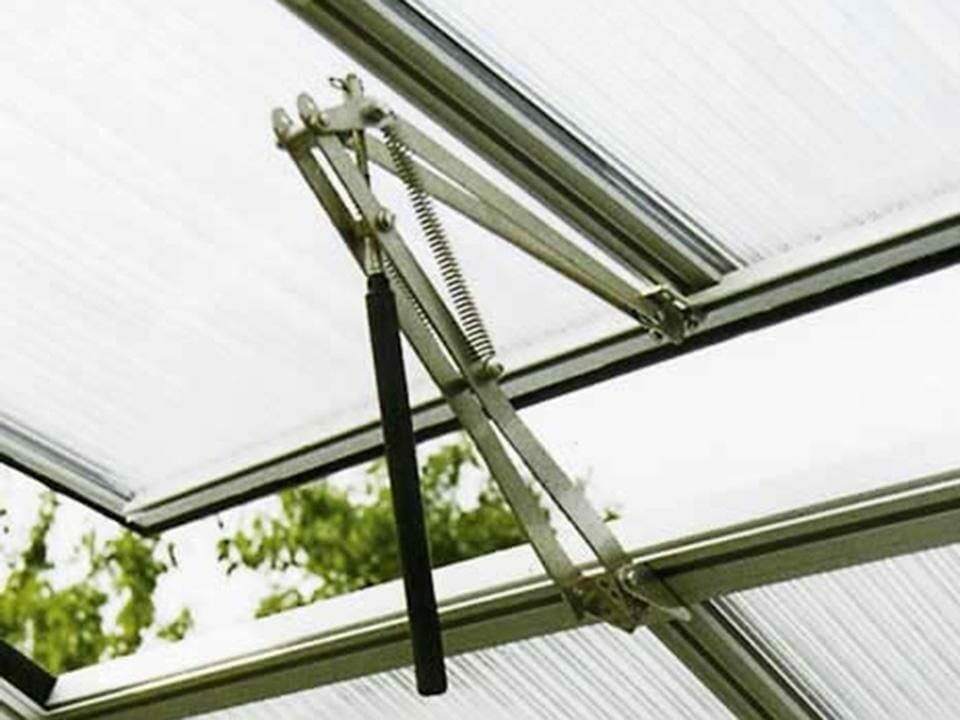
Proximity to your home or garden shed
The closer your greenhouse is to your home or garden shed, the easier it will be to access and tend to your plants. This proximity becomes particularly important in harsh weather conditions when a quick dash to the greenhouse is much more feasible than a long walk.
Optimizing sunlight for your greenhouse
By far the most important factor for any garden and mini greenhouse is the sun. Now that we know how many hours of sunlight you get in a day, we can find the best spot in your garden for your new project.
There’s only one downside though: the sun doesn’t stay in the same place. Not only does it rise and fall throughout the day, it also keeps moving throughout the year as the season changes.
While a gardener’s life would certainly be easier if we all lived smack-bang on the equator, we’re not all that lucky. So what can you do to counteract the fact that things keep changing?
Fear not.
Sun movement and sunlight hours
The sun rises in the east and sets in the west, passing through the southern part of the sky if you are in the northern hemisphere, and the northern part if you are in the southern hemisphere.
This path changes slightly with the seasons, reaching its highest point in the sky during the summer solstice and its lowest during the winter solstice. As such, the amount of sunlight your greenhouse receives will depend on its orientation and the time of year.
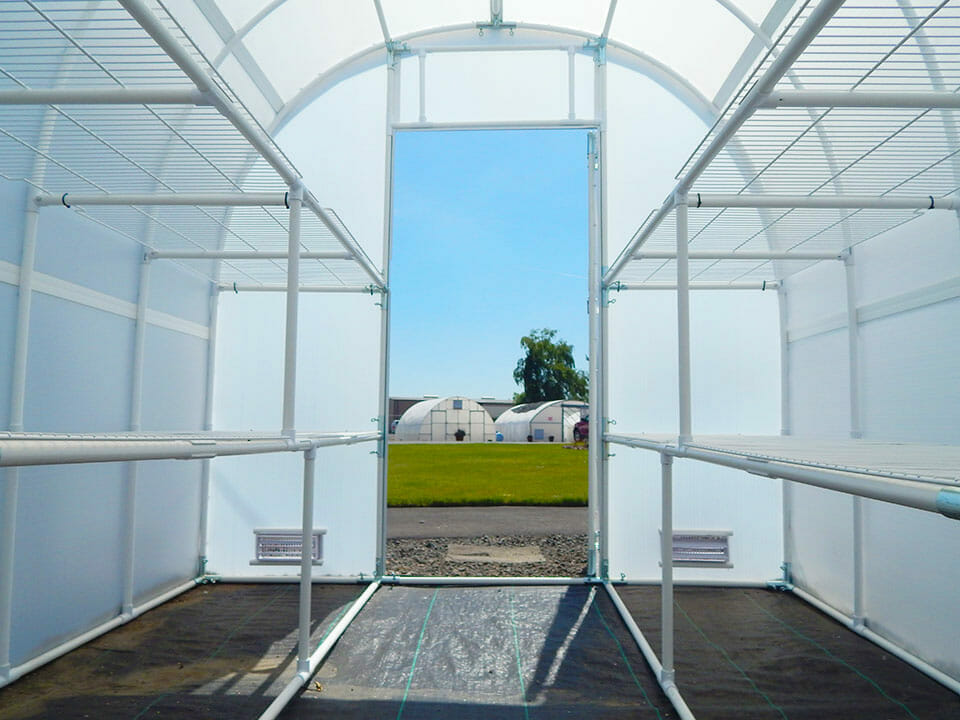
Considerations for the direction of the greenhouse
Your greenhouse direction significantly impacts the amount and intensity of sunlight it receives.
North-facing
A north-facing greenhouse gets less direct sunlight and may be more suitable for plants that require indirect light or cooler conditions.
South-facing
A south-facing greenhouse will receive the most sunlight, especially during winter, and is ideal for most plants, particularly those that require a lot of light.
South-facing greenhouses are good for places that get especially cold in winter, since the increased sunlight helps keep everything at a reasonable temperature for young or delicate plants.
East-facing
An east-facing greenhouse will receive plenty of morning sunlight but will be cooler in the afternoon. This is good for shoots and young plants that are susceptible to damage from heat.
West-facing
A west-facing greenhouse will be warmer in the afternoon due to the setting sun.
The impact of seasons on sunlight exposure
During the summer, when the sun is high in the sky, a greenhouse will receive more direct sunlight. In contrast, during winter, the sun is lower in the sky, and the greenhouse will receive less direct sunlight. Therefore, consider the changing seasons when positioning your greenhouse to ensure your plants get sufficient light all year round.
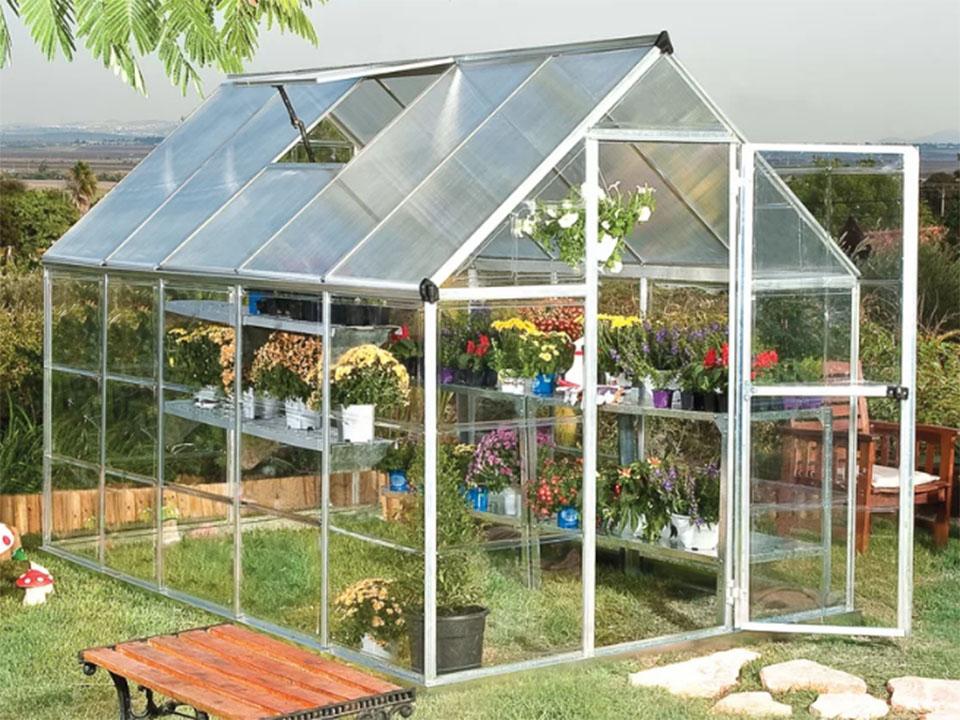
Special considerations for various plant types
Different plants have different light requirements. Some plants, like most vegetables and flowering plants, need plenty of sunlight.
Others, like ferns and some herbs, do better in indirect light. When positioning your greenhouse, consider the light needs of the plants you plan to grow. You may also need to adjust the position or layout of plants within the greenhouse to accommodate these various needs.
Remember, the aim is to maximize sunlight exposure for the benefit of your plants. By understanding and considering the sun’s movement, the direction your greenhouse faces, the impact of seasons, and specific plant needs, you can optimize your mini greenhouse’s location for plant growth.

